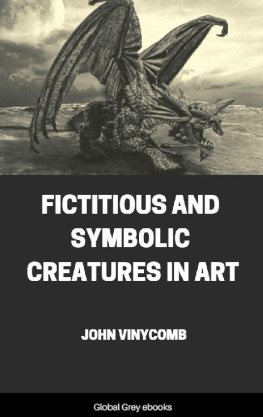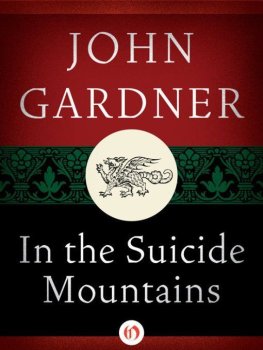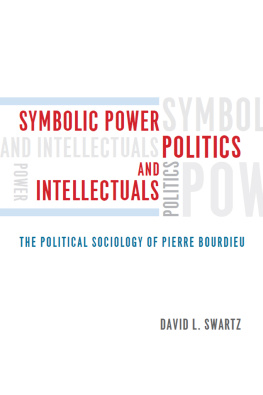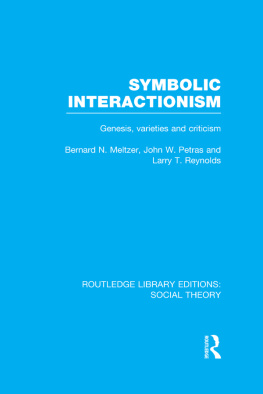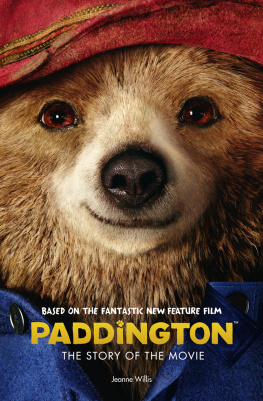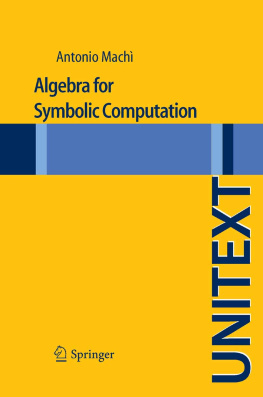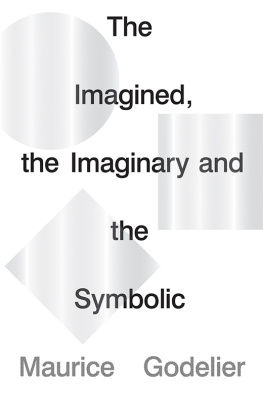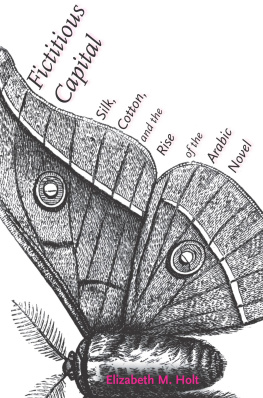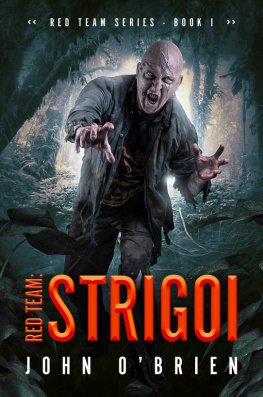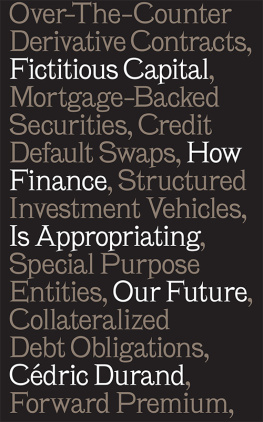John Vinycomb - Fictitious and Symbolic Creatures in Art
Here you can read online John Vinycomb - Fictitious and Symbolic Creatures in Art full text of the book (entire story) in english for free. Download pdf and epub, get meaning, cover and reviews about this ebook. year: 2019, publisher: Global Grey ebooks, genre: Detective and thriller. Description of the work, (preface) as well as reviews are available. Best literature library LitArk.com created for fans of good reading and offers a wide selection of genres:
Romance novel
Science fiction
Adventure
Detective
Science
History
Home and family
Prose
Art
Politics
Computer
Non-fiction
Religion
Business
Children
Humor
Choose a favorite category and find really read worthwhile books. Enjoy immersion in the world of imagination, feel the emotions of the characters or learn something new for yourself, make an fascinating discovery.
- Book:Fictitious and Symbolic Creatures in Art
- Author:
- Publisher:Global Grey ebooks
- Genre:
- Year:2019
- Rating:4 / 5
- Favourites:Add to favourites
- Your mark:
- 80
- 1
- 2
- 3
- 4
- 5
Fictitious and Symbolic Creatures in Art: summary, description and annotation
We offer to read an annotation, description, summary or preface (depends on what the author of the book "Fictitious and Symbolic Creatures in Art" wrote himself). If you haven't found the necessary information about the book — write in the comments, we will try to find it.
Fictitious and Symbolic Creatures in Art — read online for free the complete book (whole text) full work
Below is the text of the book, divided by pages. System saving the place of the last page read, allows you to conveniently read the book "Fictitious and Symbolic Creatures in Art" online for free, without having to search again every time where you left off. Put a bookmark, and you can go to the page where you finished reading at any time.
Font size:
Interval:
Bookmark:
FICTITIOUS & SYMBOLIC CREATURES IN ART
WITH SPECIAL REFERENCE TO THEIR USE IN BRITISH HERALDRY
BY
JOHN VINYCOMB
MEMBER OF THE ROYAL IRISH ACADEMY, FELLOW OF THE ROYAL SOCIETY OF ANTIQUARIES OF IRELAND, A VICE-PRESIDENT OF THE EX-LIBRIS SOCIETY

ILLUSTRATED
1906
Fictitious and Symbolic Creatures in Art by John Vinycomb.
This edition was created and published by Global Grey
GlobalGrey 2019

globalgreyebooks.com
UNDER the title of this book it is proposed to describe and illustrate only those fictitious and symbolic creatures which appear in British Heraldry. The list will include all those beings of whose existence we have not the direct evidence of our senses, and those exaggerations and combinations of natural forms which have been adopted in the system of symbolic heraldry handed down to us from the Middle Ages. Many of the ideas of the writers of that period were undoubtedly derived from still earlier sources, namely, classic story, sacred and legendary art, and the marvellous tales of early travellers; others were the coinage of their own fancies and their fears.
As these unreal beings are constantly met with in symbolic art, of which heraldry is the chief exponent, it may be assumed that they have been adopted in each case with some obvious or latent meaning, as in the case of real animals; they may, therefore, equally lay claim to our consideration as emblems or types, more especially as less attention has been devoted to them and the delineation of their forms by competent artists. The writer has been led into considering and investigating the subject with some degree of attention, from finding the frequent need of some reliable authority, both descriptive and artistic, such as would enable any one to depict with accuracy and true heraldic spirit the forms and features of these chimerical beings. Books of reference on heraldry unfortunately give but a meagre description of their shapes, with scarcely a hint as to their history or meaning, while the illustrations are usually stiff and awkward, representing a soulless state of art.
It cannot be said that artists at any period have succeeded, even in a remote degree, in embodying the highly wrought conceptions of the poets concerning these terrible creatures of the imagination. Milton seems to have carried poetic personification to its utmost limits. Who, for instance, could depict a being like this:
"Black it stood as night,
Fierce as ten furies, terrible as hell!"
Out of the ambiguous and often conflicting accounts of different authors and the vagaries of artists it became no easy task to arrive at a clear conception of many of the forms of these ideal monsters. The poet's pen may turn them to shapes, shadowy at the best; but the artist who follows the poet in endeavouring to realise and give tangible shape to these ideas finds it beyond his art to give material form and expression to his personifications with anything like photographic fidelity Such shadowy beings prefer the dim light of allegory to the clear sunlight of reason, and shrink from closer inspection. Like all spectres they are ever most effective in the dark. In the childhood of the world, from the dawn of history, and all through the dim and credulous ages past, many such illusions have performed an important part in influencing the thought and lives of mankind. Over many lands these inherited ideas still exercise a paramount influence, but in the enlightenment of the coming time it is probable their power, like that of an evil dream, will fade entirely away with the dawn of a brighter day, and the memories of their name and influence alone remain. At present we are chiefly concerned with them as symbols, and with their mode of representation, breathing for a brief moment the breath of life into their old dead skins. These mythical creatures may be gazed upon, shorn of all their terrors, in the illustrations I have been enabled to make, and if it is found that from each creature I have not "plucked out the heart of its mystery" it is probably because there is no mystery whatever about it, only what to us now appears as an ingenious fiction engendered by a credulous, imaginative and superstitious past. And so we find the old horrors and pleasing fictions, after figuring for ages as terrible or bright realities in the minds of entire peoples, reduced at length to the dead level of a figure of speech and a symbol merely.
J. Vinycomb.
Holywood,
County Down,
April 1906.
"Angels and ministers of grace defend us.""Hamlet."
THE human mind has a passionate longing for knowledge even of things past comprehension. Where it cannot know, it will imagine; what the mind conceives it will attempt to define. Are facts wanting, poetry steps in, and myth and song supply the void; cave and forest, mountain and valley, lake and river, are theatres peopled by fancy, and
"as imagination bodies forth
The forms of things unknown, the poet's pen
Turns them to shapes, and gives to airy nothing
A local habitation and a name."
Traditions of unreal beings inhabit the air, and will not vanish be they ever so sternly commanded; from the misty records of antiquity and the relics of past greatness as seen sculptured in stupendous ruins on the banks of the Nile and the plains of Assyria, strange shapes look with their mute stony eyes upon a world that knows them but imperfectly, and vainly attempts to unriddle the unfathomable mystery of their being. Western nations, with their growing civilisations, conjured up monsters of benign or baneful influence, or engrafted and expanded the older ideas in a manner suited to their genius and national characteristics.
The creatures of the imagination, "Gorgons and Hydras and Chimeras dire," shapes lovely and shapes terrible begot of unreason in the credulous minds of the imaginative, the timid and the superstitious,or dreamy poetic fancies of fairies and elves of whom poets sing so sweetly:
"Shapes from the invisible world unearthly singing
From out the middle air, from flowery nests
And from the pillowy silkiness that rests
Full in the speculation of the stars,"
Keats.
"or fairy elves,
Whose midnight revels, by the forest side
Or fountain, some belated peasant sees,
Or dreams he sees,"
Milton, Paradise Lost, Book i.
the nameless dreads and horrors of the unknown powers of darkness, the pestiferous inhabitants of wastes and desert places where loneliness reigns supreme, and imaginary terrors assault the traveller on every hand, assuming forms more various and more to be dreaded than aught of mortal birth,such vague and indefinable ideas, "legends fed by time and chance," like rumours in the air, in the course of time assume tangible shape, receiving definite expression by the poet and artist until they become fixed in the popular mind as stern realities influencing the thoughts and habits of millions of people through successive generations. We see them in the rude fetish of the South Sea Islander, the myriad gods and monsters of heathen mythology, as well as in the superstitions of medival Europe, of which last the devil with horned brow, cloven hoofs and forked tail is the most "unreal mockery" of them all. The days of Diabolism and the old witch creed are, however, passed away; but under the dominance of these ideas during centuries, in Protestant and Catholic lands alike, hundreds of thousands of innocent victims of all ages and both sexes were accused of the most absurd and impossible crimes, and subjected to almost inconceivable torture and death.
Next pageFont size:
Interval:
Bookmark:
Similar books «Fictitious and Symbolic Creatures in Art»
Look at similar books to Fictitious and Symbolic Creatures in Art. We have selected literature similar in name and meaning in the hope of providing readers with more options to find new, interesting, not yet read works.
Discussion, reviews of the book Fictitious and Symbolic Creatures in Art and just readers' own opinions. Leave your comments, write what you think about the work, its meaning or the main characters. Specify what exactly you liked and what you didn't like, and why you think so.

